Fastmarkets
Fastmarkets has over 130 years of specialist commodity expertise and strive to be world's leading and most trusted provider of commodity news and pricing.
Lead Designer
ROLE
1 Year
DUration
Native & Web
PLATFORMS
The challenge
After acquiring a series of commodity news and pricing applications, Fastmarkets embarked on a branding and platform unification project to consolidate all their offerings under a single brand and application.
The ultimate goal was to create a platform that could be customised to each customer's specific needs in terms of their commodity focus, such as metals/mining, forest products, and agriculture. The platform was designed to be accessible across various devices, including desktop, responsive web, and native mobile, catering to different user types, like procurement managers, scrap dealers, and commodity traders. Additionally, the platform aimed to accommodate users from various locations, including North America, Europe, Asia, and beyond.
Discovery
The project commenced with stakeholder workshops involving product teams from each individual group product. The objective was to determine how each product's users and business priorities differed. Upon consolidating the results of each workshop, common themes emerged.
After gaining a high-level understanding of the groups objectives and customers we tried to understand the specific needs and pain points of their customers. As a B2B business access to customers was limited therefore regular engagement with account managers and sales teams was very important. A constant feedback group here was useful to understand what was and wasn't working with the current platform and subsequent releases.
Upon consolidating the results of each workshop, accounts team and site analytics, some common themes emerged. Given the vast and varied range of user roles and types, a customisable UI was highly desirable and somewhat necessary. Customers could range from investment bankers using multi-screen trading setups to mobile scrap dealers accessing the platform via smartphones. Furthermore as users were globally distributed, with varying geographical interests, the platform needed to incorporate localisation. Moreover, the interpretation of datasets differed significantly depending on the role and sector.
Design & Iteration
Once a direction and priority were agreed upon, we initiated the design process with low-fidelity iterations and flows, quickly iterating through approaches with product managers.
This eventually progressed into higher fidelity design mockups and prototypes, which were validated with users. As access to platform users were limited, we conducted remote usability tests via Maze and assessed feature sentiment through sales teams and customer success teams.
As the group was under going a major rebranding exercise, we collaborated closely and flexibly with an external branding agency, adjusting their outputs as necessary for digital content.
Validated designs were componented and spec'd before being handed over to development for implementation. Close collaboration with developers helped resolve bugs and overlooked edge cases, resulting in efficient feature development.
Validation
Remote user testing sessions with direct customers were used sparingly, incorporating feedback and making adjustments as needed. The team was conscious to not inconvenience customers who had limited contact time with us. Figma prototypes were used to test native designs via maze. However for web we required a functional UAT environment to be set up, once complete we were able to review designs with customers via account managers.

Result
After 18 months of development, the product was initially released as a native desktop application and responsive web product to target Fastmarkets' highest value and largest user base. A few months later, native iOS and Android applications were launched, enabling users to access commodity prices and news updates on the go. At this stage, the project aimed to continue integrating the group's smaller applications into the unified platform.
The web and desktop applications allowed users to create custom workspaces, where 'widgets' could be added, resized, and reordered as needed. Prices and news widgets could be displayed in various formats (charts, tables, etc.) depending on the user's role and preference.
The native application adopted a more streamlined approach, functioning as a price tracker. Prices added to favorites or workspaces were automatically imported and added to the app's price page. Some product images can be seen below.











